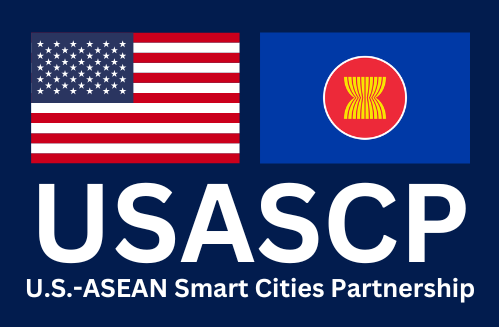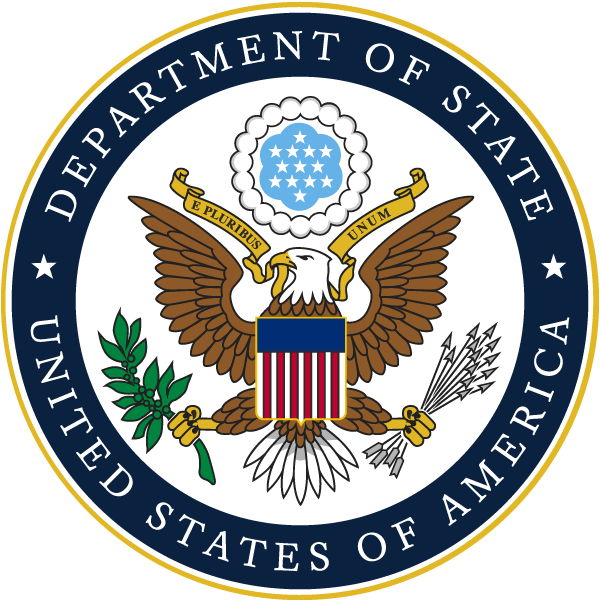What are Smart Sustainable Cities
A smart city is also equivalent to a “smart sustainable city”, promoting economic and social development alongside environmental protection through effective governance and financial mechanisms to meet the current and future challenges of its people.
A city’s natural capital is an important foundation of its economic development and competitive advantage, resiliency to climatic changes, service capacities, resource efficiency, public health, and quality of life. Smart city development should also be designed to preserve, restore, and enhance its urban ecosystems to address urban challenges.
A smart sustainable city in ASEAN harnesses technological and digital solutions as well as innovative non-technological means to address urban challenges, continuously improving people’s lives and creating new opportunities.
HISTORY
On November 15, 2018 at the 6th ASEAN-U.S. Summit in Singapore, the United States announced:
“To facilitate our dialogue, it is my privilege to announce, this morning, the new U.S.-ASEAN Smart Cities Partnership. This effort will spur renewed American investment in the region’s digital infrastructure, advancing prosperity and security in Southeast Asia.”
The U.S.-ASEAN Smart Cities Partnership (USASCP) is a key deliverable of the U.S. Indo-Pacific Strategy that seeks to harness U.S. public and private sector expertise to collaborate with the 26 pilot cities of the ASEAN Smart Cities Network (ASCN) in order to meet the varied challenges of rapid urbanization and help improve the lives of people in the region. With an initial investment of $10 million, the USASCP is developing activities and programs to:
- Promote U.S. private sector engagement in smart city solutions and the digital economy in ASCN cities;
- Strengthen regional connectivity by building connections among institutions, the public and private sectors, and people within the Mekong Region and with the United States;
- Share best practices and promote collaboration between innovative programs in U.S. cities with their counterparts in the ASCN;
- Strengthen regional cybersecurity capability and capacity at the sub-national level.
The USASCP is a whole-of-government effort that includes participation from the Departments of State, Commerce, and Transportation, NSF, USAID, USTDA, and DFC.
 U.S.-ASEAN Smart Cities Partnership
U.S.-ASEAN Smart Cities Partnership


